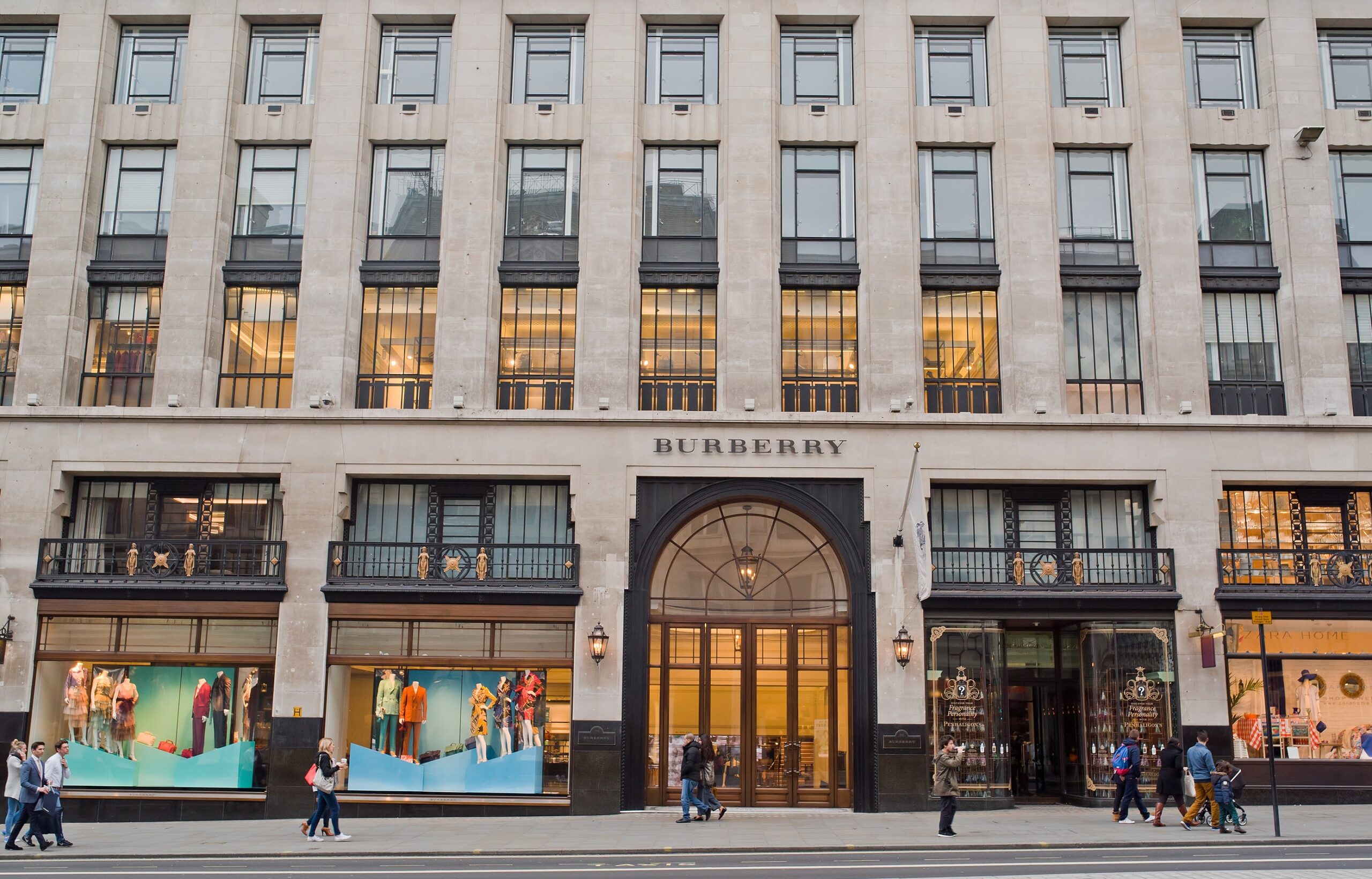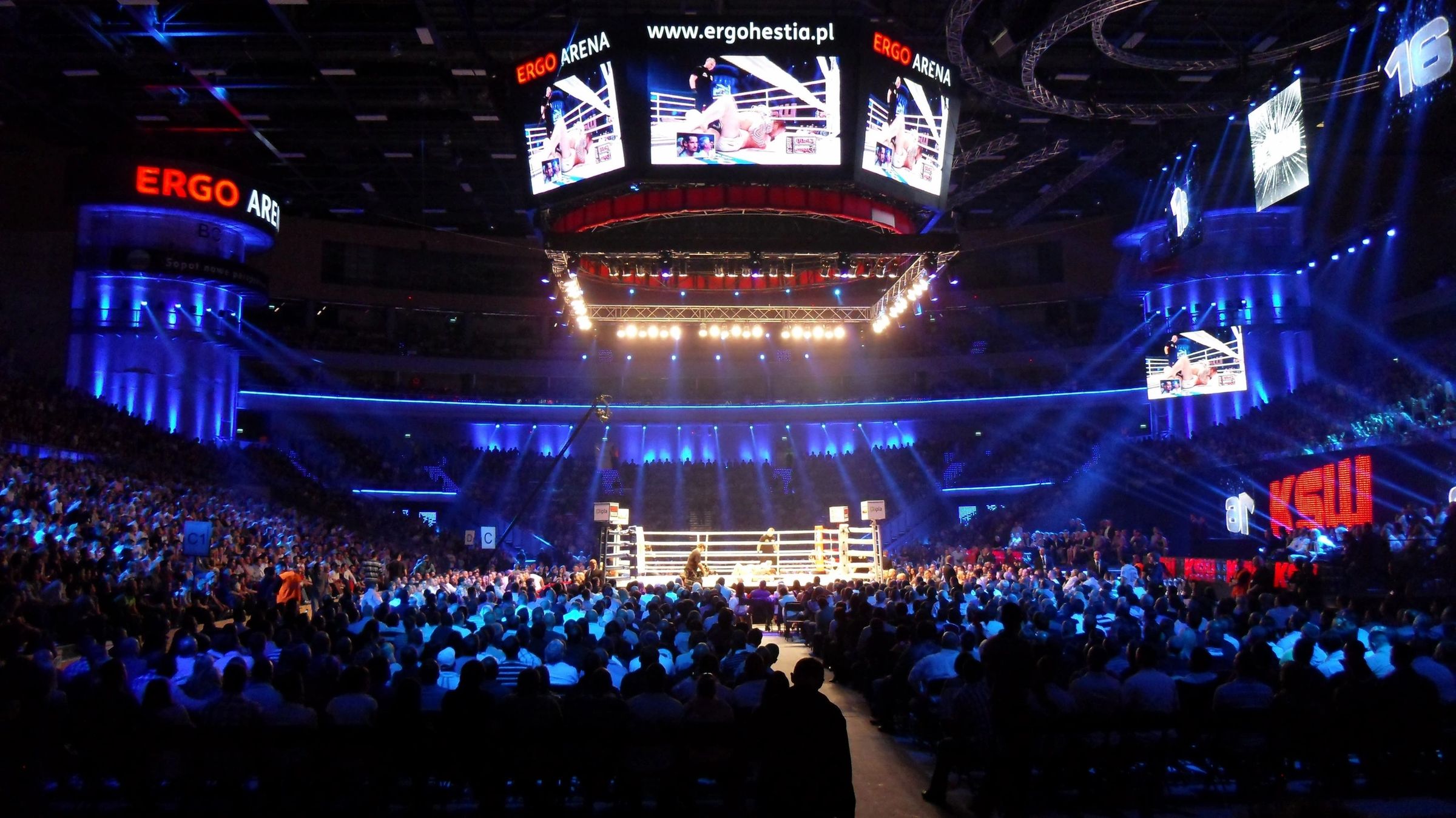The United States and China have agreed to hit pause on their long-standing trade war, announcing a 90-day freeze on new tariffs. Both sides also committed to scaling back existing barriers, signaling a rare diplomatic thaw between two economic superpowers. The move immediately lit a fire under global markets, sending stock indices soaring and investor confidence on the rise. For businesses caught in the crossfire—especially in manufacturing and tech—this signals potential relief and stability. But beyond the headlines, some analysts are already asking: how long will this peace actually last?
At surface level, the truce reads like progress: two rivals putting ego aside for economic sanity. But critics argue this might be more optics than substance, with no clear enforcement measures or structural commitments. Past attempts at cooperation have unraveled under pressure, and with elections looming in both countries, political motives can muddy intentions. Still, even a temporary pause offers global supply chains a much-needed breather. And in a world already stretched thin by inflation and instability, small windows of calm matter.
For everyday people, this deal could mean more than rising stocks—it could lower costs, protect jobs, and ease economic anxiety. If companies feel confident enough to invest again, workers benefit. If prices stop swinging wildly, families can budget with less fear. That said, the 90-day clock is already ticking—and if deeper agreements don’t follow, the markets may crash harder than they climbed. For now, though, the global economy is sipping a rare cup of optimism. Let’s just hope it’s not decaf.






































